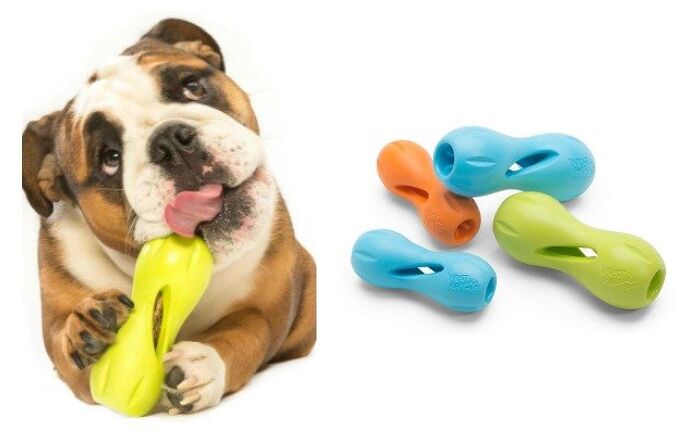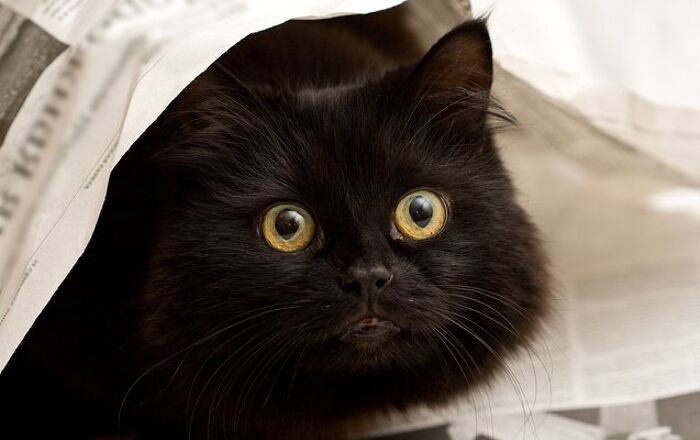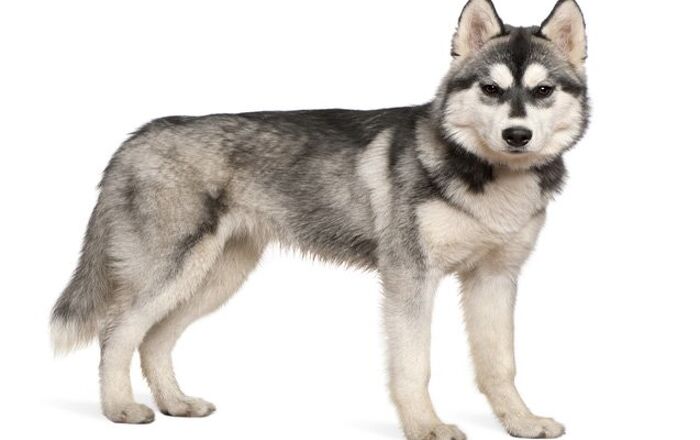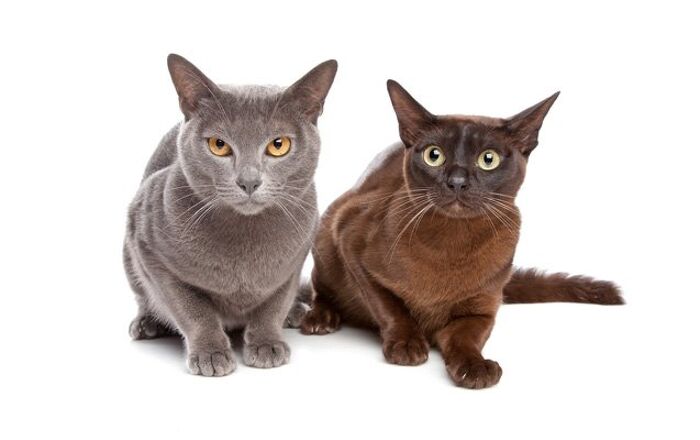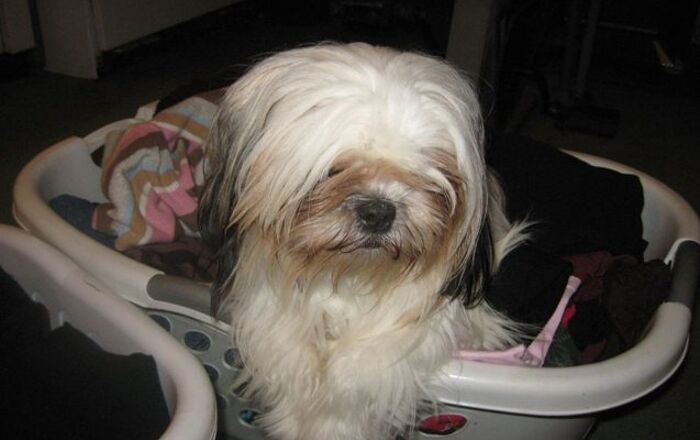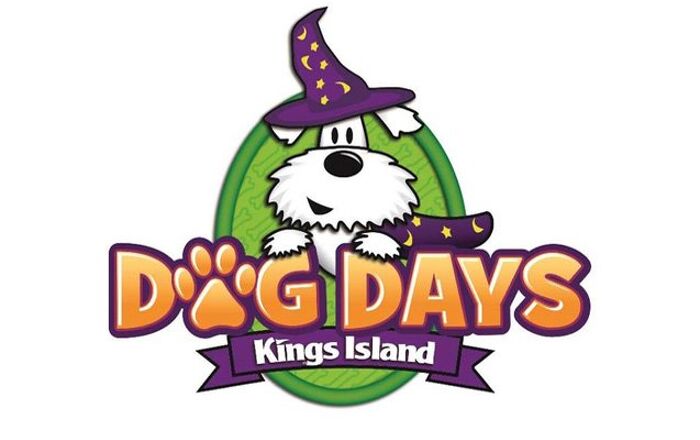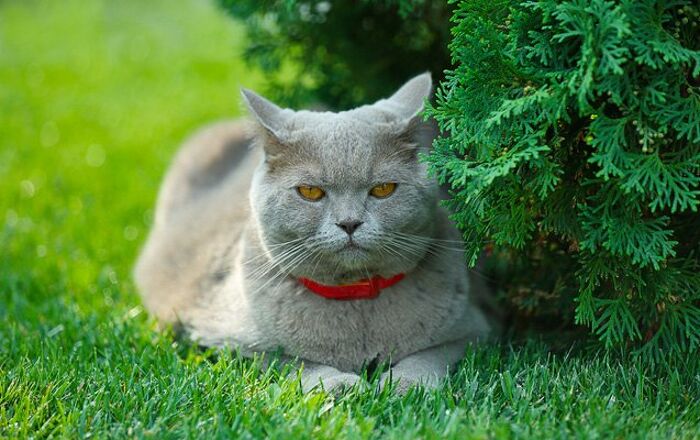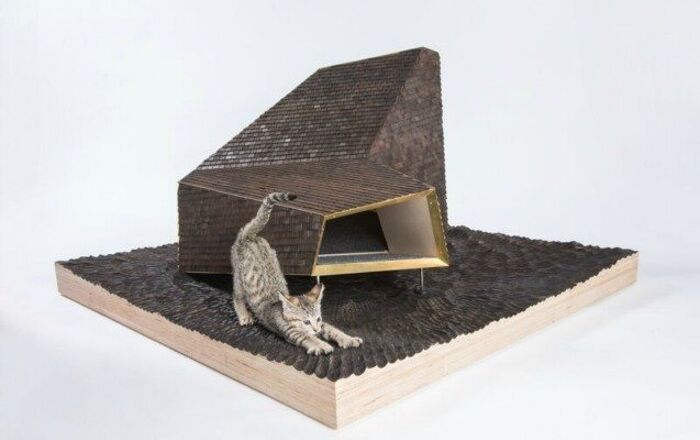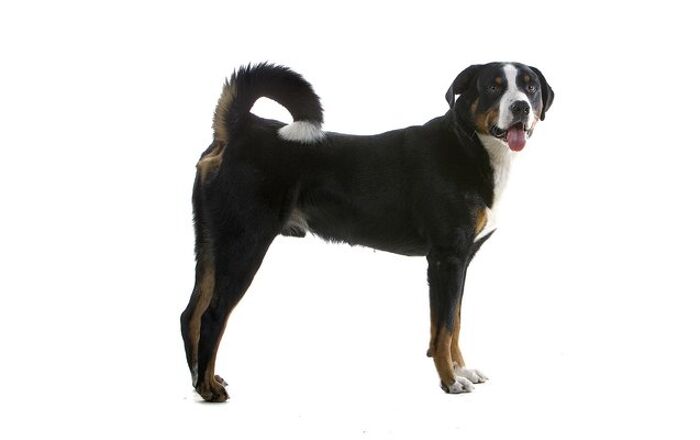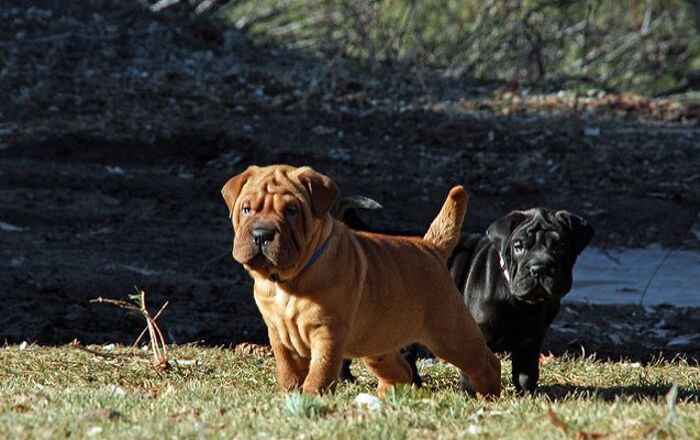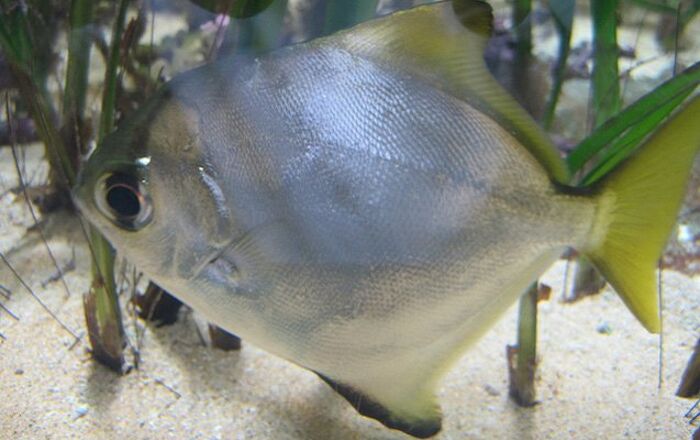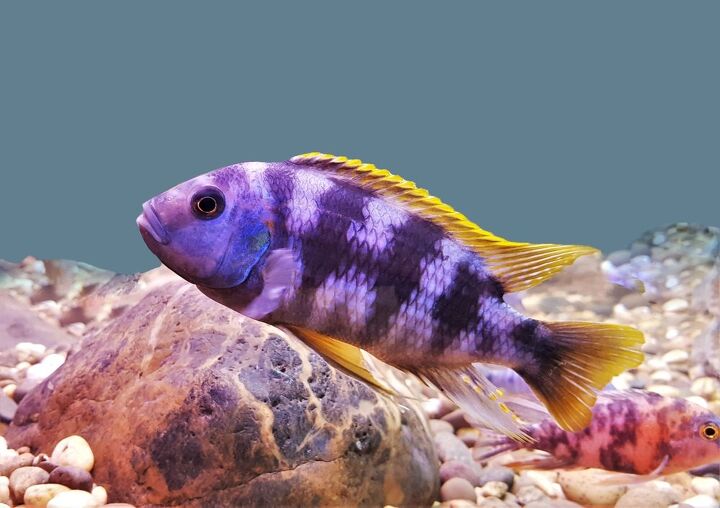
Mbuna Cichlids General Description
The name Mbuna Cichlids is generally used to describe any of the rock-dwelling species of cichlids native to Lake Malawi. These cichlids are some of the most aggressive and territorial of all cichlid species so they generally need to be kept alone or in large tanks. For the best results you should pair a single male with multiple females rather than keeping more than one male in the same tank. You should also avoid keeping conspecifics (fish that look similar to each other) in the same tank.
The name “Mbuna Cichlids” is generally used to describe any of the rock-dwelling species of cichlids native to Lake Malawi.
Origins
Lake Malawi is one of the two largest Great Rift Valley lakes located in Southeastern Africa. This lake is home to an estimated 1,000 species of cichlid, including over 100 species of Mbuna cichlid. Twelve genera of Lake Malawi cichlids are classified as Mbuna cichlids – these genera include the following:
Color
Mbuna cichlids are some of the most brightly colored freshwater fishes in the world, exhibiting a wide range of colors and patterns. These cichlids are unique in that both the males and females of each species exhibit bright colorations, not just the male.
Maintenance and Care
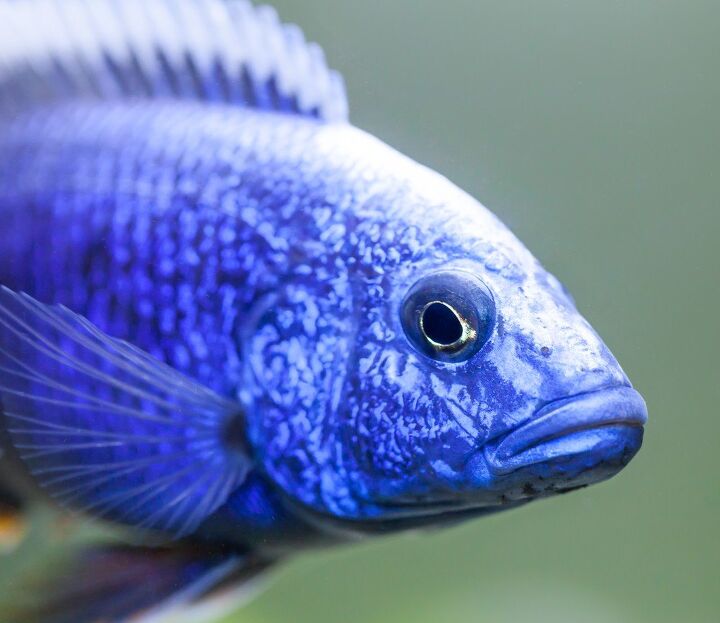
Because Mbuna cichlids are endemic to Lake Malawi, they all have very similar requirements for water conditions. The pH of Lake Malawi ranges from 7.8 to 8.6 and the water is fairly hard with a hardness level of 4 to 6 dH. At the surface, the temperature for Lake Malawi ranges from 76°F to 85°F while a lower temperature around 70°F is common for the lower levels of the lake. Lake Malawi is very rocky along the coastline and that is where Mbuna cichlids are found. An Mbuna cichlid tank should be decorated with plenty of rocks, caves, and other hiding places.
Mbuna cichlids are some of the most brightly colored freshwater fishes in the world, exhibiting a wide range of colors and patterns.
Feeding
All Mbuna cichlids are herbivores except for those belonging to the Labiochromis genus. In the wild, these cichlids feed on algae growing on the rocks, supplementing their diet with small insects and crustaceans. In the home aquarium, Mbuna cichlids should be offered commercial flakes, pellets, and granules designed for herbivorous species as well as some fresh vegetables and seaweed wafers.
Also read:Cost-Cutting Tips and Tricks for Aquarium Enthusiasts
Breeding Info
Mbuna cichlids generally begin breeding by the time they have grown to a length of 3 inches – this usually occurs when they are about 1 year old. Males of the species are usually larger than females and more brightly colored – the dominant male of any territory will be the most brightly colored. Like other Lake Malawi cichlids, Mbuna cichlids are polygamous mouth brooders. The male digs a nest in the substrate where the female lays her eggs – the male fertilizes them as she gathers them in her mouth where they will be incubated until hatching.
Aquarium Varieties
There are over 100 species of Mbuna cichlid but some of them are more popular than others for the home aquarium. Some of the top Mbuna cichlids in the aquarium hobby include the following:
Photo credit: Arunee Rodloy/Shutterstock; SJ Duran/Shutterstock

